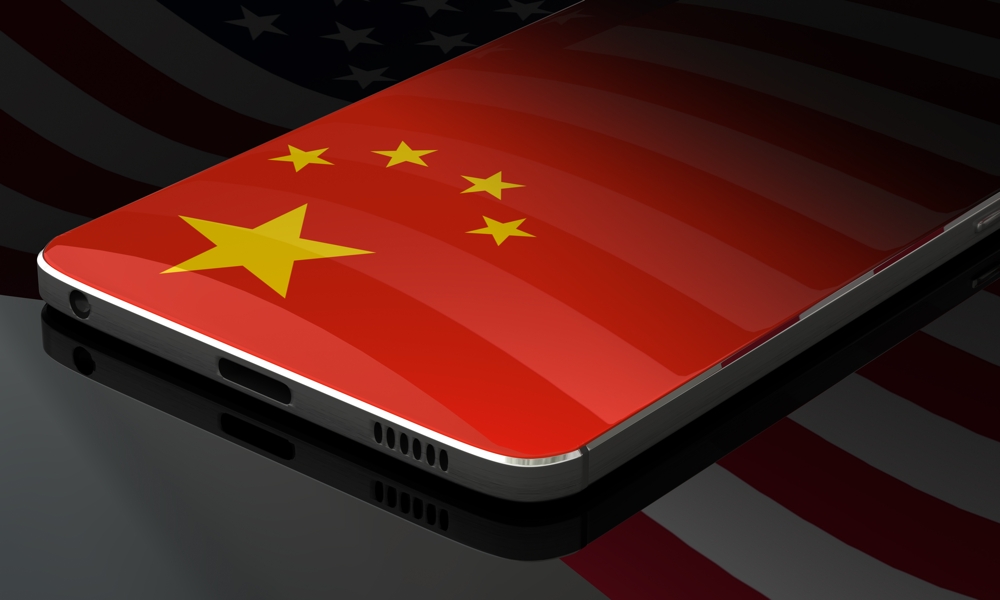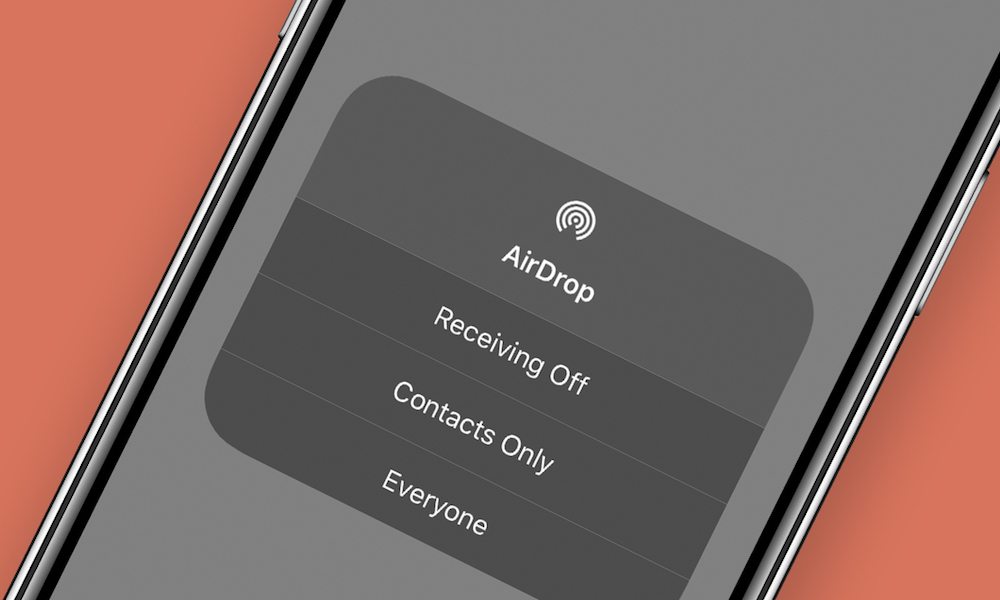Chinese Officials Have Cracked AirDrop (Sort Of)
 Credit: Mavas_bd / Shutterstock
Credit: Mavas_bd / ShutterstockToggle Dark Mode
There’s little doubt that among tech companies, Apple does the most it can to protect the privacy of its users. Still, sometimes it’s hard to build protections against deep-pocketed government agencies, as a new report out of China demonstrates.
According to Bloomberg, a Chinese state-backed institution has found a way to identify the phone numbers and email addresses of anybody sharing information via AirDrop. The move is part of the Chinese government’s efforts to root out “undesirable content” and was announced recently in a post by the city’s judicial bureau.
Apple’s AirDrop has long been considered a simple and relatively innocuous way to exchange information with another iPhone user. While most people use it between friends, the service has a built-in level of privacy and anonymity that makes it an excellent tool for both anti-government protesters and spammers.
It’s likely this first group that Chinese officials are concerned with. Although the post naturally claims that it’s about “people with malicious purposes who transmit illegal and bad information to the public in crowded places.” Of course, “illegal” and “bad” are largely subjective here.
The problem Beijing law enforcement officials face is that AirDrop doesn’t need an internet or even a Wi-Fi network connection to do its thing. Hence, it has no way of monitoring or controlling this flow of information “through conventional network monitoring methods.”
Hence, the Beijing Judicial Appraisal Institute got to work on cracking the encrypted device log of an iPhone so they could reverse-engineer the encryption and encoding techniques used by AirDrop to decipher the encoded phone numbers and email accounts in transmissions.
The judicial bureau claims that the technique has already allowed police to identify multiple suspects, although it hasn’t said if anyone has yet been arrested.
It’s not the first time AirDrop has raised the ire of Chinese officials. During the 2019 pro-democracy protests in Hong Kong, many activists used AirDrop to share pro-democracy slogans that would have otherwise been intercepted or blocked by the Great Firewall of China.
This led to Apple changing how AirDrop worked in China, restricting it to “Contacts Only” by default and setting the “Everyone” setting to automatically turn off after 10 minutes. While many believe this was done at the behest of the Chinese government, Apple rolled it out globally only a few weeks later in iOS 16.2 to try and cut down on AirDrop spam and hoaxes — something that’s become a serious problem.

This also isn’t a first for AirDrop potentially leaking information. In 2019, security experts discovered that it was possible to identify a device’s phone number by monitoring an iPhone attempting to start an AirDrop session.
Such vulnerabilities are difficult to avoid entirely without opening up AirDrop to requests from every iPhone in its vicinity. The “Contacts Only” restriction ensures that only people in your contacts can even “see” your iPhone, much less send to it, but to make this work, your iPhone must share your identity with other iPhones when attempting to send information via AirDrop.
While Apple has gone to great lengths to protect this information through cryptographic hashes, it still needs to be there, and it gets transmitted every time you bring up the iOS Share Sheet, whether you plan to use AirDrop or not.
What happens under the hood is that as soon as the Share Sheet is engaged, your iPhone sends out what’s known as a “short identity hash.” This is a cryptographic encoding of all of the email addresses and phone numbers associated with your Apple ID.
These hashes are one-way algorithms, which means that you can’t convert a “short identity hash” back into a phone number or email address. However, running the same algorithm against the same phone number will always produce the same hash.f
This is how your iPhone determines if someone trying to start an AirDrop session with you is actually in your contacts. When your iPhone receives this short identity hash, it runs the same one-way hashing algorithm against everyone in your Contacts app to check if there’s a match. If so, your device automatically responds with its identity information using a peer-to-peer Wi-Fi connection. If not, your iPhone ignores the AirDrop requests and doesn’t respond, thereby remaining invisible in the sender’s list of AirDrop targets.
However, since a given phone number will always produce the same hash, anybody who is determined enough can find out your phone number via brute force — encoding every possible number using the same hashing algorithm and looking for which of those generated hash matches yours.
This is a technique hackers have used to crack basic hashed password tables for years, and it’s even easier with phone numbers since there’s a much more limited set of possibilities — especially if you confine them to a smaller geographic area.
That’s precisely what researchers at Hexway did in 2019. Since a nearby iPhone is more likely to have a local phone number, you may have only a few million hashes to deal with — less than 8 million for a single North American area code. That’s peanuts for a modern computer to chew through.
Researchers in Beijing took that a significant step further by using a rainbow table to compare a much larger set of mobile phone numbers and email addresses in searching for a match. While this technique could theoretically be used to extract identity information from over-the-air AirDrop transmissions, in this case, the targets appear to have been specific iPhone units submitted for forensic inspection to determine where AirDrop transmissions received by those specific units had originated from.
While all of this is interesting from a forensic and technological point of view, the key takeaway is that this is still essentially a targeted and deliberate attack. Your iPhone is not leaking your phone number and email address to everyone who happens by; a hacker would first need some way of intercepting the hidden data in an AirDrop transmission, which would require a laptop running specialized software, and then take the additional steps to use a brute-force guessing attack or a rainbow table to try and extract your phone number or email address.






